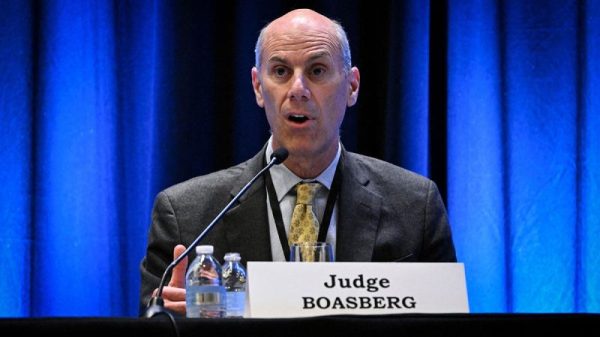The Federal Reserve faced an unprecedented challenge in September 2022, as it began incurring losses for the first time in 107 years. These losses have put taxpayers on the hook, necessitating the need for them to indirectly cover the Fed’s financial deficits. It also risks the Fed’s credibility since its monetary policy impacts its profits and losses.
The onset of the Federal Reserve’s financial troubles can be traced back to the 2008 financial crisis and the subsequent COVID-19 pandemic. In response to these crises, the Fed purchased large quantities of long-term financial assets, including Treasury bonds and mortgage-backed securities (MBS). During this period of low-interest rates, the Fed profited from the disparity between the higher returns it received from these assets and the lower interest rates it paid to banks through mechanisms like overnight reverse repo and interest on reserves.
In financial terms, the Fed engaged in a carry-trade strategy (with no exit strategy). It banked on expanding reserves to fund the purchase of financial assets. The financial success of this approach was dependent on the prevailing low-interest rates. When high inflation pushed interest rates up, the equation flipped: the Fed had to pay higher rates to banks than it earned from its financial assets.
The losses incurred by the Fed have been significant, with no clear path to recovery in sight yet. Technically speaking, a bank becomes insolvent once its accumulated losses exceed its capital.
When a central bank is technically bankrupt, the taxpayers ultimately bear the burden. Taxpayers may be impacted in two ways: through higher inflation or a fiscal cost. In the former scenario, the central bank may opt to create money to cover its losses, with the usual inflationary pressure associated with excess money creation. In the latter case, the Treasury may step in and provide financial contributions to fill the hole in the Fed’s balance sheet, which would require higher taxes or reduced government spending. Is the U.S. Treasury in a condition to provide financial support to the Fed?
The other problem is that the Fed now has a new variable to consider when deciding monetary policy: Their profit or loss situation. Higher interest rates help reduce inflation, but also increase its losses. If losses continue to accumulate, markets might begin to question the Fed’s commitment to fight inflation.
Although realizing losses—or, running quasi-fiscal deficits—is new to the Fed, it is more common in developing countries. The consequences of running quasi-fiscal deficits include inflation and lack of central bank credibility.
Before 2008, rising interest rates did not cause a quasi-fiscal deficit for the Federal Reserve. The Fed had not yet engaged in quantitative easing (QE), so it had a small “carry-trade” position. Since the Fed had a small balance sheet, it could move interest rates without affecting its profits and losses.
The emergence of losses at the Federal Reserve since September 2022 has put taxpayers and the Fed in a difficult situation. As the concept of quasi-fiscal deficits gains attention, it becomes crucial for policymakers and the public to understand the implications and potential consequences. Reducing the Fed’s balance sheet and returning to a corridor system should be seriously considered in the near future.




































